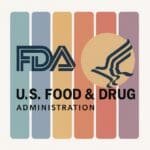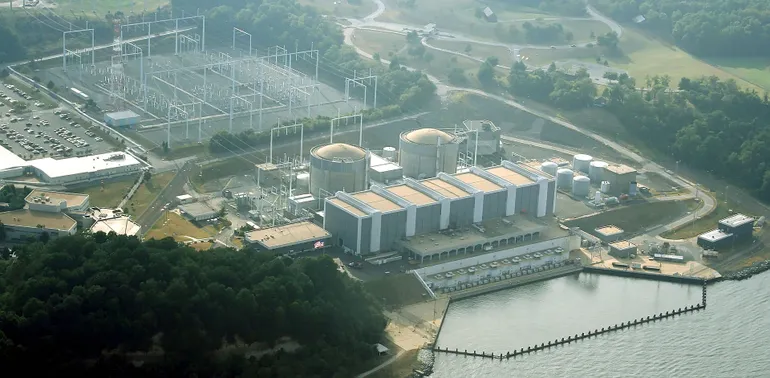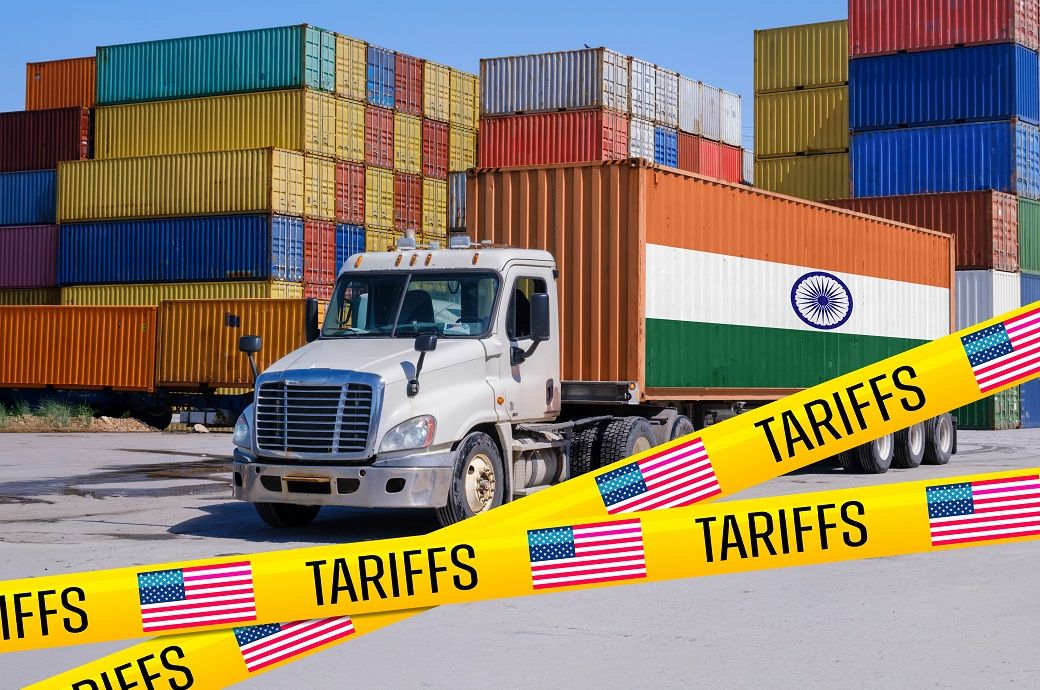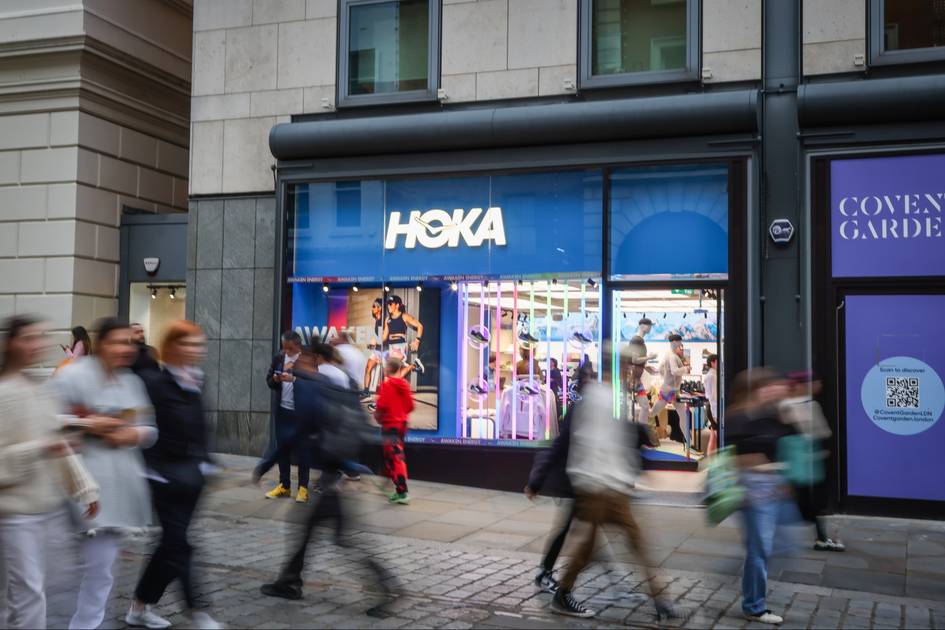The US FDA’s Phase-Out of Synthetic Food Dyes – Supply Chain Impacts & Challenges
Yesterday April 4 2025, the U.S. Food and Drug Administration (FDA), in collaboration with the Department of Health and Human Services (HHS), announced a plan to phase out eight petroleum-based synthetic food dyes from the U.S. food supply by the end of 2026. The affected dyes include Red No. 3, Red No. 40, Yellow Nos. […] The post The US FDA’s Phase-Out of Synthetic Food Dyes – Supply Chain Impacts & Challenges appeared first on Logistics Viewpoints.


 Yesterday April 4 2025, the U.S. Food and Drug Administration (FDA), in collaboration with the Department of Health and Human Services (HHS), announced a plan to phase out eight petroleum-based synthetic food dyes from the U.S. food supply by the end of 2026. The affected dyes include Red No. 3, Red No. 40, Yellow Nos. 5 and 6, Blue Nos. 1 and 2, Green No. 3, Citrus Red No. 2, and Orange B.
Yesterday April 4 2025, the U.S. Food and Drug Administration (FDA), in collaboration with the Department of Health and Human Services (HHS), announced a plan to phase out eight petroleum-based synthetic food dyes from the U.S. food supply by the end of 2026. The affected dyes include Red No. 3, Red No. 40, Yellow Nos. 5 and 6, Blue Nos. 1 and 2, Green No. 3, Citrus Red No. 2, and Orange B.
This policy shift is being positioned as a voluntary industry transition rather than an outright regulatory ban. However, the scope and timeline of the initiative carry clear implications for the food and beverage supply chain. From raw material sourcing to logistics and regulatory compliance, stakeholders across the value chain will need to prepare for structural adjustments.
Sourcing and Ingredient Availability
A central impact of this policy is the need to replace synthetic colorants with natural alternatives. Common substitutes—such as beet extract, turmeric, spirulina, and butterfly pea flower—are produced at lower volumes and often exhibit greater variability in color, stability, and shelf life.
The resulting increase in demand may place pressure on agricultural producers and extract manufacturers to scale operations. Supply chain managers will need to assess supplier capacity, evaluate long-term sourcing contracts, and consider geographic diversification to reduce risk associated with seasonality and regional sourcing limitations.
In addition to availability concerns, the physical characteristics of natural dyes introduce challenges. Many are more sensitive to environmental factors such as temperature, humidity, and light exposure. These properties may require investment in upgraded storage conditions throughout the distribution network.
Reformulation and Product Development
The transition will require most affected manufacturers to reformulate products that rely on the targeted dyes. Reformulation is not a one-to-one ingredient swap. Natural dyes can alter a product’s appearance and interact differently with other components, affecting flavor, shelf life, or texture.
These changes may also necessitate updates to production processes, packaging formats, and labeling. R&D teams will need to conduct compatibility testing, sensory analysis, and shelf-life validation to ensure product integrity is maintained. Each reformulation may involve regulatory submissions, quality assurance reviews, and potential consumer communication strategies.
For companies managing large product portfolios, the scale of these changes will be resource-intensive and time-sensitive, particularly given the proposed 2026 target for full transition.
Operational and Manufacturing Impacts
Operationally, integrating natural dyes may require modifications to manufacturing workflows. Some colorants will need to be handled under specific temperature conditions or stored separately to avoid cross-contamination. Changes to ingredient handling may require staff retraining, equipment recalibration, or revised cleaning protocols.
Production scheduling may also be affected. Shorter shelf life or more limited inventory of natural colorants may lead to shorter production runs and increased batch frequency. Companies may need to revise inventory strategies and adjust procurement lead times accordingly.
Logistics and Distribution Considerations
The increased sensitivity of natural colorants to temperature and light also affects logistics. Cold chain infrastructure may be necessary for both raw material and finished goods transport. In many cases, current warehouse and transportation arrangements will need to be re-evaluated.
Packaging requirements may also evolve to include light-blocking materials or moisture-resistant designs. These adjustments can introduce added cost and lead time considerations, particularly in distributed or multi-region supply chains.
Regulatory Compliance and State-Level Disparities
Although the FDA is emphasizing a cooperative industry approach, regulatory fragmentation remains a concern. Several states, including California and West Virginia, have already passed legislation limiting or banning the use of certain synthetic dyes. Others are expected to follow.
States with Enacted Bans
California: In 2023, California passed the California Food Safety Act, banning four additives—including Red Dye No. 3—from foods sold in the state, effective January 1, 2027. Additionally, the California School Food Safety Act prohibits six synthetic dyes (Red 40, Yellow 5, Yellow 6, Blue 1, Blue 2, and Green 3) in public school meals by the end of 2027.
West Virginia: In 2025, West Virginia became the first state to enact a comprehensive ban on seven synthetic food dyes linked to health concerns. The ban applies to school food starting August 2025 and extends to all food sales by January 2028
States Considering Similar Legislation
As of early 2025, at least 26 other states—including Illinois, New York, Texas, Iowa, Vermont, and Washington—are considering bills to ban or restrict synthetic dyes and other food additives. These efforts are driven by studies linking certain dyes to behavioral issues in children and potential cancer risks
In the absence of a single federal standard with legal enforcement, manufacturers may face the operational burden of producing state-specific product variants. This raises complexity in planning, labeling, and inventory control. For national brands, aligning with the strictest applicable standard may be the most efficient strategy, even if not federally required.
Regulatory tracking and documentation systems will also need to be updated to reflect new ingredient specifications, source traceability, and reformulation timelines.
Supplier Qualification and Contracting
Many manufacturers will need to establish relationships with new suppliers of natural colorants. This introduces timelines for supplier vetting, site audits, documentation review, and performance testing. The onboarding process may take several months, particularly for international vendors or new market entrants.
At the same time, ingredient buyers may seek to consolidate sourcing for consistency, while others may prefer a diversified supplier base to reduce supply chain risk. Contract structures may shift toward longer-term agreements to secure volume, pricing, and availability.
International Alignment
The FDA’s shift toward natural dyes brings the U.S. closer to regulatory practices in markets such as the European Union and Canada, where synthetic dyes are more heavily regulated or must carry warning labels. For exporters, this change may simplify compliance in those jurisdictions and potentially expand market access.
Conclusion
The FDA’s planned removal of petroleum-based food dyes introduces measurable supply chain impacts that extend across sourcing, formulation, manufacturing, logistics, and compliance. While the policy relies on voluntary participation and provides some implementation flexibility, the timeline and scope require proactive planning.
Supply chain professionals will need to coordinate cross-functionally with R&D, procurement, quality assurance, and regulatory affairs to manage the transition effectively. Risk mitigation strategies, such as dual sourcing, reformulation pipelines, and inventory management adjustments, will be essential over the coming 18 to 24 months.
The post The US FDA’s Phase-Out of Synthetic Food Dyes – Supply Chain Impacts & Challenges appeared first on Logistics Viewpoints.




































































![[Podcast] Behind the Breakthroughs: How Almac Powers Clinical Trial Success with Care](https://imgproxy.divecdn.com/5lAJkli_KcGt1FSsw4EaegjgP76IHREqYEWbhNBJOXw/g:ce/rs:fit:770:435/Z3M6Ly9kaXZlc2l0ZS1zdG9yYWdlL2RpdmVpbWFnZS9CaW9QaGFybWFEaXZlXzEzNDZfeF83MjlfQXJ0d29yay5qcGc=.webp)





























































































.jpg)







